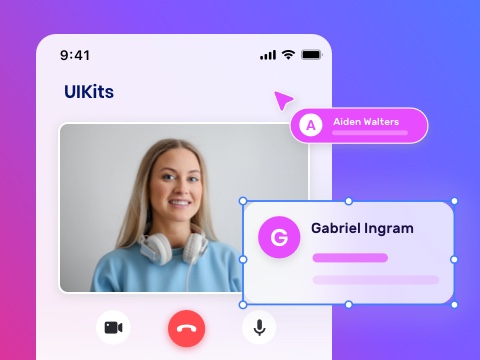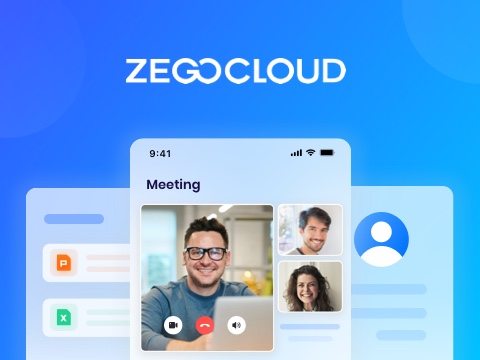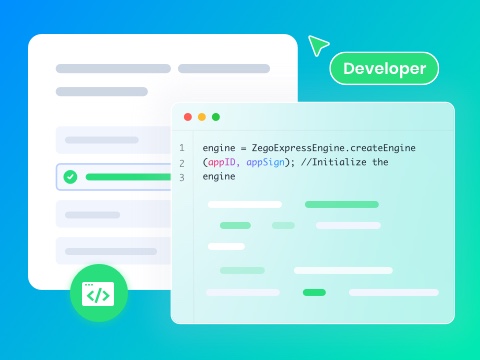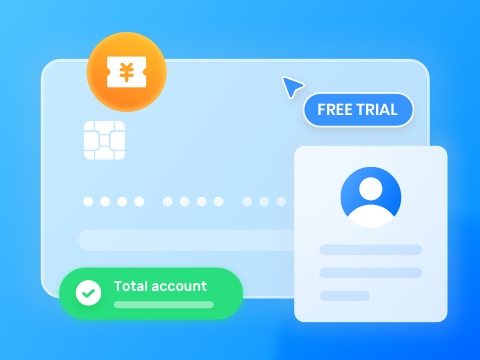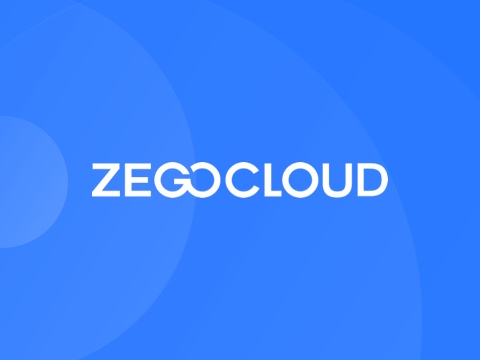Cloud application development is transforming the way businesses and developers build software. Whether you are aiming to save costs or boost performance, cloud solutions provide the tools to do it all. It offers unmatched flexibility and efficiency that allow apps to grow with your needs. In this article, you will discover how cloud-based application development simplifies processes to enhance security and deliver a better experience.
What is Cloud Application Development?
Cloud-based application development is basically the process of generating applications that can be easily hosted on cloud platforms. Unlike traditional apps, it utilizes an internet connection to offer services to users for improved functionality. Moreover, utilizing cloud service models like SaaS or PaaS offers customization and scalability depending on needs and preferences.
This functionality eliminates the need to consider intriguing infrastructure, letting them focus on innovation instead of maintenance. Not only that, but cloud applications also guarantee frequent updates to get hold of the latest features for enhanced performance.
Benefits of Using Cloud-Based Applications
When it comes to cloud app benefits, it not only streamlines operations but also reduces infrastructure. Thus, let’s explore some of its other aspects in detail to know if it’s worth considering.
- Innovative Security Features: These platforms heavily invest in cybersecurity measures to protect user’s data. Alongside that, its regular updates and advanced firewalls ensure that sensitive information stays secure.
- Improved Scalability: Cloud-based applications can scale resources up or down based on demand. This ensures that companies only pay for what they need, allowing them to adjust as their business needs to evolve.
- Seamless Collaboration: These applications facilitate real-time collaboration by enabling multiple users to access and edit shared files simultaneously. It boosts productivity and allows teams to work together efficiently, even across different locations and time zones.
- Increased Flexibility: Cloud-native application development allows access from any device with an internet connection, making it easy for teams to work remotely. Hence, this adaptability supports diverse business needs and accommodates growth without limitations from physical infrastructure.
Must-have Features of Cloud App
A powerful cloud application development service must include features like scalability, security, and cross-platform compatibility. These features ensure the app adapts to growing user needs and provides a seamless experience across various platforms. Below, we will discuss some other important features that users look for in cloud apps.
1. DevOps Integration
In a fast-paced development environment, teams need to release updates and fixes rapidly without causing disruption. Therefore, a cloud app should have DevOps integration that fulfills this need while promoting collaboration between developers and operating teams.
2. Continuous Deployment
A robust cloud-native application should be able to deploy updates rapidly and consistently. Continuous integration and deployment ensure that changes are integrated smoothly, allowing frequent releases without interruptions to the user experience.
3. Agile Development
As we know, user’s needs and market conditions can change rapidly, so cloud apps must be able to respond swiftly. Thus, agile development can address this need by enabling flexible and iterative updates to make quick adjustments based on real-time feedback.
4. Automated Testing
A strong cloud-based application needs consistent quality across updates. Hence, automated testing lets developers test codes and features in real-time to detect issues early and maintain high performance.
Cloud Application Examples
To understand the practical applications of cloud technology, it’s helpful to explore real-world examples. Here are a few notable cloud applications that illustrate the versatility and power of cloud computing in various industries.
1. Google Workspace
Google Workspace is a popular platform that uses cloud app development services to enhance collaboration and communication among teams. Its key features include Gmail for professional emails, offering a reliable and branded communication platform for businesses. Additionally, Google Meets enables video conferences, while Google Calendar helps with scheduling and organization. Plus, Google Docs, Sheets, and Slides enable seamless real-time document editing and collaboration.
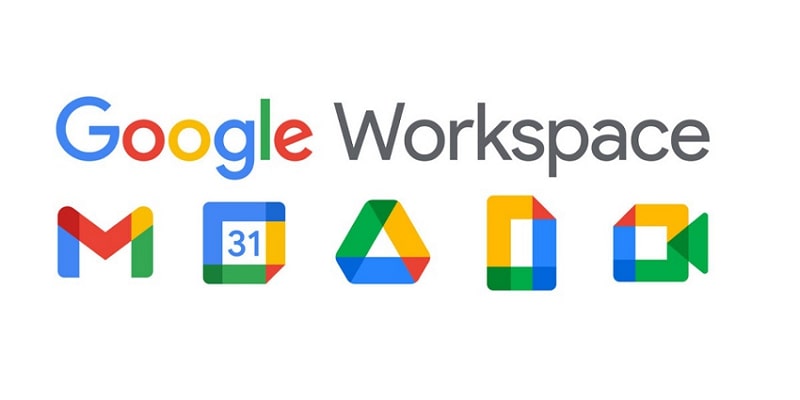
2. Microsoft Azure
Another leading cloud-based app that offers a range of services, including computing and networking, is Microsoft Azure. It supports various programming languages and frameworks, which makes it versatile for developers. Alongside that, it provides built-in security features for seamless integration with other Microsoft services and AI capabilities
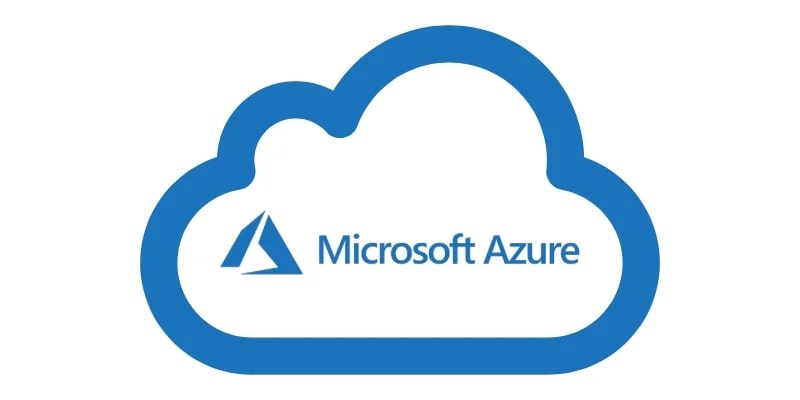
3. Zoom
Zoom is a renowned platform created through application development in cloud computing known for its high-quality virtual meetings, webinars, and team collaboration. Its key features include HD video conferencing, screen sharing, and virtual backgrounds for a personalized experience. Plus, it supports chat functionality and cloud recording, which makes it a versatile tool for remote work and online learning.
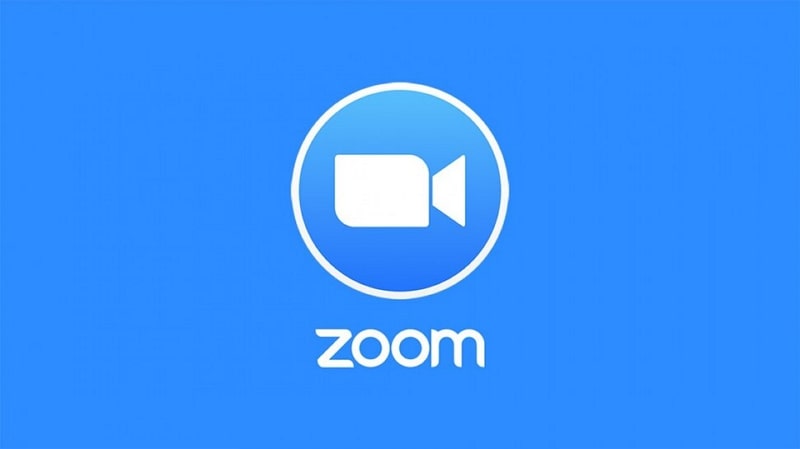
4. Spotify
Spotify is a leading music streaming service made with the help of a cloud-native application development platform that offers users access to millions of songs, podcasts, and playlists. It provides both free and premium plans, with premium offering ad-free listing and improved sound quality. Additionally, the platform offers a curated podcast collection that users can share with their friends.

The Cost of Cloud Application Development
When thinking about cloud application development, it is crucial to recognize the different factors that impact its expenses. Therefore, we will delve into the essential factors that impact the total costs of creating a cloud-based application.
| Cost Factors | Estimated Time | Estimated Cost |
|---|---|---|
| Interface and Experience | Around 35 to 40 hours | Range up to $4000 |
| Technology Setup | One-off amount | Range up to $5000 |
| Cloud Hosting and Infrastructure | Ongoing monthly fee | Around $500 – $5,000 per month |
| Quality Assurance and Testing | Around 35 to 40 hours | Range up to $3000 |
| Emergency Budget | – | 10-20% of total project cost |
How to Develop a Cloud Application with ZEGOCLOUD
Creating cloud applications with ZEGOCLOUD is seamless since it offers pre-build UI components to create a user-oriented interface. With the help of this platform, you can easily integrate live-streaming features into your cloud app for enhanced interactions. By considering in-app chat SDK, users also get to insert a pushup notification feature in the web app.
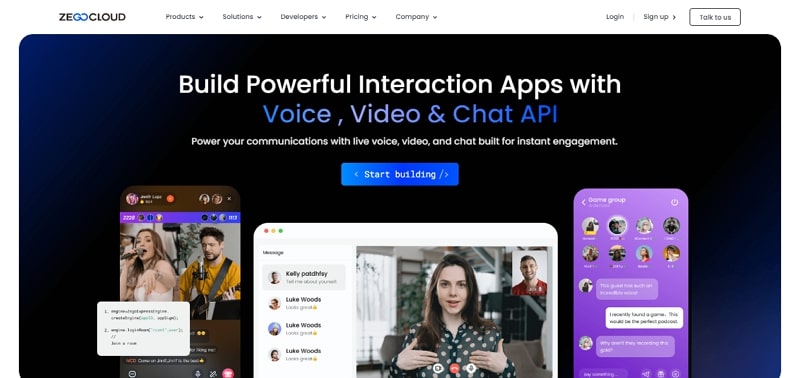
Other than that, consider adding an offline message feature during cloud application development to let users access the message when they are offline. Furthermore, to make your application rich in media, ZEGOCLOUD’s customizable layout SDKs will enable you to tailor the layout to your needs.
While creating a cloud app, integrate third-party cloud storage through which you can easily store data in alternate services like AWS and Tencent Cloud. Besides, consider inserting voice/video call API with an AI noise cancellation feature for uninterrupted calling sessions. This will allow users to directly communicate the issues regarding functionality, without any distortion.
Challenges in Cloud App Development
While cloud-app development services are transforming the way to build software, they come with several challenges. Developers must stay updated with evolving cloud technologies, which can complicate the development process. So, we will address some challenges that can arise during the process.
- Managing Cloud Costs: Cloud services can become expensive without proper monitoring. To manage expenses, companies need to optimize resources and utilize cost-effective cloud solutions or service plans.
- Maintaining High Performance: When a business shifts to the cloud, it relies on the service providers. Therefore, developers must implement robust load balancing to ensure consistent app performance during peak loads.
- Keeping Up with Evolving Technologies: Cloud technologies evolve rapidly, with new updates and tools regularly introduced. Staying up-to-date requires continuous learning, and users can adapt to new best practices and update cloud environments.
- Performance Monitoring and Management: Monitoring and managing cloud application performance is essential yet challenging. Without proper tools and strategies, identifying and addressing performance congestion can be difficult.
Conclusion
To sum up, cloud application development is a transformative approach that enables businesses to create scalable and cost-effective software solutions. However, it is essential to navigate the challenges to fully realize the potential of a cloud-based system. Ultimately, cloud application systems can drive innovation and growth in today’s digital world.
Read more:
FAQ
Q1: What is the difference between a cloud-native application and a traditional application?
A cloud-native application is designed to run and scale on cloud infrastructure, using microservices, containers, and continuous integration/continuous delivery (CI/CD) practices. Traditional applications, on the other hand, are typically monolithic and run on on-premise servers or static hosting environments. Cloud-native apps are more flexible, scalable, and resilient compared to traditional apps.
Q2: What are the most common cloud platforms for application development?
The most common cloud platforms for application development include Amazon Web Services (AWS), Google Cloud Platform (GCP), and Microsoft Azure. These platforms provide a wide range of services, including storage, networking, databases, AI tools, and computing power, to help developers build and deploy cloud-based applications.
Q3: What programming languages are commonly used in cloud application development?
Common programming languages used in cloud application development include Python, JavaScript (Node.js), Java, Go, and Ruby. These languages are popular due to their compatibility with cloud platforms, availability of libraries, and support for microservices and serverless architecture.
Let’s Build APP Together
Start building with real-time video, voice & chat SDK for apps today!


